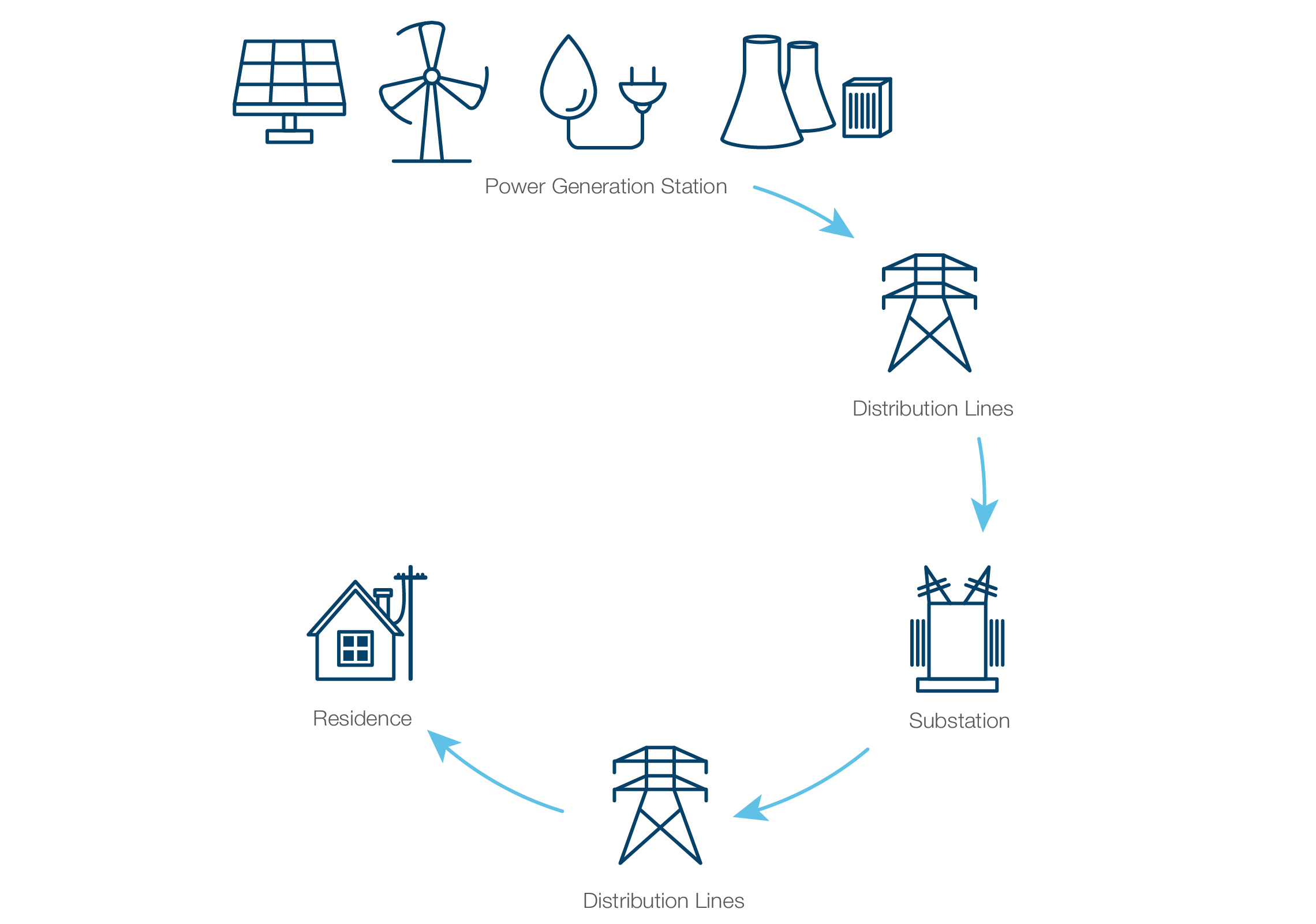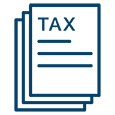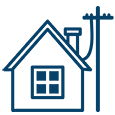Residential Electricity Bills
Residential electricity bills are different depending on where you live in Canada. However, there are usually three main parts to most Canadian electricity bills:
- The cost of electricity
- The cost to move the electricity by power line to homes
- A fixed cost, or minimum customer charge
All electricity bills have a per kilowatt hour rate for the cost electricity. In some cases, the electricity rate increases when a household's electricity use exceeds a certain amount. Most provinces have rates that are set by a regulator (known as regulated rates).

Electricity cost is the cost of generating electricity.This cost is passed on to customers who pay a price in cents per kilowatt hour (¢/kW.h) for the amount of electricity they use. In most provinces the provincial regulator sets the price, which may be based on the amount of electricity used. Regulated rates are set differently in each province. For example, in Ontario electricity rates are set twice a year. In other provinces they are set periodically based on market forces when the cost to provide electricity increases or decreases. Electricity providers apply to the provincial regulator to change rates to cover those costs. In provinces that use sources other than hydroelectricity that could include the cost for fuels like coal, natural gas, or diesel fuel that are used to generate electricity.

Delivery or transmission charges are included in some electricity bills. This is the cost of delivering the electricity on power lines from the generating station to the customer. The cost of delivery and transmission includes the cost to build, maintain and operate the electricity infrastructure, which includes power lines. In some provinces this cost is fixed, or it may be different based on where you live or how much electricity you use. The delivery charge can include costs like a customer service charge, distribution charge, transmission charge, and a line loss adjustment.
Line loss adjustment is the amount of electricity lost when it travels along a power line to a business or home. Most electricity providers use a factor that is multiplied by the amount of electricity a household or business uses. In some provinces this is added to the delivery line of an electricity bill and cannot be broken out.
Microgeneration is the production of electricity on small scale, using renewable and alternative energy sources. Energy is generated for individual home owners and small business. Microgeneration also reduces line losses that occur when electricity is transmitted along power lines.
Figure 5: Canada’s Electricity System

Source: Ontario Ministry of Energy
Description:
This infographic shows the electricity system in Canada. Power generation station, distribution lines, substation, distribution lines, and lastly delivery into residences.

Tax includes general sales tax (GST), provincial sales tax (PST), or harmonized sales tax (HST) applied to the electricity cost.
Provinces that generate electricity from fossil fuels are also subject to a fuel charge on carbon (Figure 2). Since April 2019, the Federal Government imposed a fuel charge on carbon for provinces that did not have a provincial carbon-pricing mechanism. Prior to this, B.C., Alberta, and Quebec all had some type of carbon pricing. For example, Quebec is the only province to develop a cap and trade system under the Western Climate Initiative.

Other charges recover fixed customer-related and administration costs. Almost every province has a fixed minimum charge, which is included on the bill each month.

Regulatory Charges include the costs to operate the wholesale electricity market and maintain the reliability of the power grid. Not every province or electricity provider has this charge.
Types of Costs
Many of the costs listed above can be variable or fixed costs. Below is an explanation of each type.

Variable charges on an electricity bill collect revenue for costs that depend directly on the amount of electricity used. These charges can be reduced if the customer uses less electricity. For example, the electricity cost is generally a variable charge because if less electricity is used, then less electricity needs to be generated and paid for.

Fixed charges on an electricity bill collect revenue for the costs of items that do not change with the amount of electricity used. These costs do not generally change from month to month, and cannot be reduced by the customer. For example, the cost of the wires connected to a home does not change based on the amount of electricity a household uses. Other examples include the cost of administration and billing, the cost of the electricity meter, and the cost of the distribution system.
Why we have fixed charges. Fixed charges are the best way to recover large, infrequent capital costs, such as the cost of building or expanding the distribution or transmission system. For example, a company will spend a large amount of money to build a transmission system. The company then calculates a charge to users for the system, from now until the end of the system’s life. All the charges over time should add up to the total cost of the system including a reasonable rate of return. This means that over the years all users of the system pay their share for using it.
Figure 6: Fuel Charge Rates: Manitoba, New Brunswick, Ontario and Saskatchewan

Source: Government of Canada
Description:
Figure 6 shows the fuel charge rates for natural gas, heavy fuel oil, and coal and coke for Manitoba, New Brunswick, Ontario and Saskatchewan. The fuel charge rate for natural gas is in dollars per cubic metre and begins in April 2019. It increases every year to April 2022. The fuel charge rate for heavy fuel oil is in dollars per litre. Like natural gas, the fuel charge begins in April 2019, increasing every year to 2022. For coal and coke, the fuel charge rate is measured in dollars per tonne and is different for high heat value coal, low heat value coal, and coke. Like the other fuel types, the rate begins in April 2019, and increases every year until April 2022.
- Date modified:
